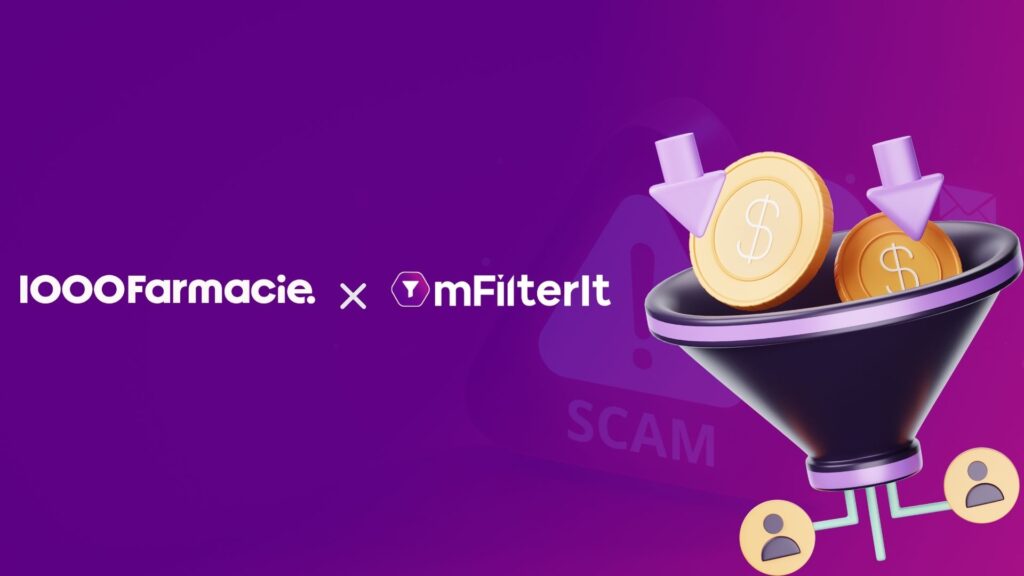A study recently talked about how brands and marketers are losing money to ad fraud with estimates reaching as high as $100 billion by 2023. And it’s not just the advertisers who’re losing revenue due to such fraudulent activities. Publishers stand to lose a lot more when web fraud divert ad spends from high-quality websites to fraudulent ones. The loss of revenue coupled with losing trust in the publisher affects the entire ad campaign tactics for all the stakeholders in the ad ecosystem.
Today, even quality sites face a threat to ad fraud given the rise in sophisticated forms of tools and technologies deployed by fraudsters to deplete ad budgets and divert traffic.
A publisher offers readers and an audience for advertisers which in turn helps brands to get the user’s attention. More the attention and readers a publisher can garner, the more the advertisers are willing to pay for the inventory. It is commonly understood that ad fraud, in principle, only hurts an advertiser. What is not noted is that publishers’ business depends on the trust of these advertisers. These fraudsters take advantage of the digital ecosystem’s complexities to channel ad spends onto fake sites which should otherwise be going to legitimate publishers.
A rise in programmatic buying has further exacerbated the problem of ad fraud. Real-time bidding on ads where an ad is shown as soon as the website is loaded gives fraudsters a quick gateway to enter the funnel to commit fraud. There are a plethora of sites to choose from for media buyers when they’re bidding on ads programmatically. Media buyers are spoilt with choices to choose from as long as they know that the site offers premium inventory in terms of human audiences. What they’re not aware of is that the fraudsters have infiltrated the ecosystem with an army of fake bots and fake websites and offering it up as a premium inventory. During the bid, these fake websites rank at the top with a large (fake) audience base and at a much cheaper price vis-à-vis a legitimate publisher who’s offering real audiences. These situations are forcing honest publishers to lower their inventory price in order to compete with fraudsters which in turn deflate the entire market. In short, advertisers are losing revenue on account of ad fraud (with the deflated value of ad inventory) and the pervasive issue of ad fraud is causing publishers to lose the only thing which makes them profit in the first place, margin compression.
Desperate times, desperate measures!
Due to loss in revenue and compressed margins, the publisher now opens its inventory to various exchanges. What happens here is that by listing on these exchanges they’re now prone to ‘domain spoofing’. Fake websites can now come up and pretend to be legitimate domains of these good publishers. Now when fraud detection tools detect high fraudulent activities on the domain which belongs to the fake publishers, the reputation of a legitimate publisher goes for a toss because the report states that the same domain had appeared in the placement report. This now gives the buyers a perspective that the reputed publisher deals in invalid traffic and fraudulent activities to pocket ad spends. But, is that the truth?
In another instance, opening up for programmatic ads for ad slots on the page, publishers do not really know in advance the kind of ads which will be served in the slots. Taking advantage of the window here, criminals place ads with malicious code onto the reputed publishers’ site in order to compromise the user’s device. Although it’s not a publisher’s fault or a crime that the honest publisher committed, the user is tricked into believing that a legitimate publisher has caused them harm.
While advertisers are fighting against fraud by using bot detection tools and other ad fraud prevention tools, publishers need to fight against fraud by proving to the advertisers that they have real and genuine human engagement. Ad Fraud detection & prevention is not restricted to removing bad traffic alone, it improves performance for the advertiser and in turn, the publisher gets to maintain their share of earnings. Publishers today need to work with fraud detection companies to showcase that their traffic comes from real human users. The entire ad ecosystem needs to be saved from the issue of such fraudulent activity where every stakeholder in the entire funnel is hanging by a thread of ad fraud!









